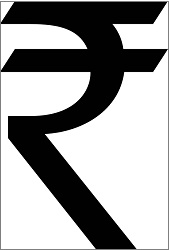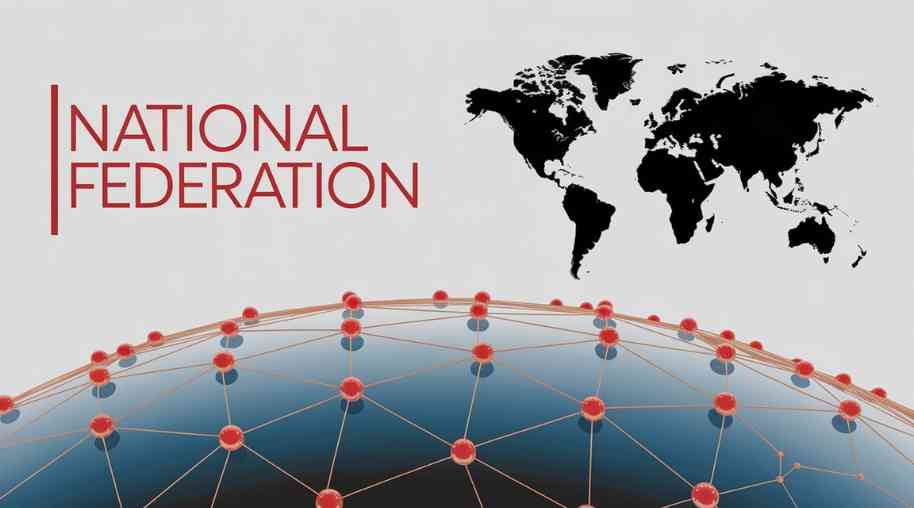INR Full Form - The Indian Rupee
by Devender
0 9714
Currency is generally used to represent an accepted form of money. Every country has its own currency.
Full Form of INR
The full form of INR is Indian Rupee.
It is the official currency of the Republic of India. It is issued and regulated by the RBI (Reserve Bank of India).
The Indian Rupee can be further divided into Paisa where 1 Rupee is equal to 100 Paisa which was accepted in 1957. Indian Rupee is available in denominations of coins and notes.
It is believed that Sher Shah Suri firstly introduced the Rupee in the middle ages where every rupee was equal to 40 copper pieces. The Paper rupee was introduced in the 18th century.
Indian Economy
Every Indian note has written the specific amount in 17 different languages. English and Hindi on the front side and 15 other languages on the backside of the note represent the diverseness of the country. A Mahatma Gandhi's portrait is present on every note except the one rupee note. The one rupee note has a picture of a rupee-coin.
In 2010, the Government of India adopted the official symbol of the Indian rupee which is derived from the Devanagari consonant "ऱ". It was configured by Udaya Kumar. Before the adoption of this symbol, "Rs" was commonly used as the symbol for Indian Rupee.

- Various Types of Coins and Notes:
- One Rupee
- Two Rupee
- Five Rupee
- Ten Rupee
- Twenty Rupee
- One Rupee Note
- Two Rupee Note
- Five Rupee Note
- Ten Rupee Note
- Twenty Rupee Note
- Fifty Rupee Note
- One Hundred Rupee Note
- Two Hundred Rupee Note
- Five Hundred Rupee Note
- Two Thousand Rupee Note
- Other Full forms related to INR:
The various types of coins and notes available in the Indian Economy are as follows:
Coins:
The coin denomination has:
Notes:
Whereas Notes denomination contains:
A few years back, there was also the denomination of 25 Paisa and 50 Paisa but these are removed now.
Security Features:
Indian rupees are required to be implemented with advanced features because of the chance of duplicity.
Given below is the list of some security measures that are needed to avoid duplication.
a) Watermarking
b) Fluorescence
c) Identification marks need to be used
d) Need to integrate security thread
e) Optically variable ink usage
f) Intaglio printing
g) Latent image
Security Issues with INR
Fake Currency plays a major role in the economic depreciation of any country. The fake currency has always been one of the major issues in weakening the Indian economy and has been concerning for Bank of India "RBI".
There were various security issues with the INR that is why the government of India decided to put a ban on 500 and 1000 Rupee notes in 2016 and introduced new notes of denominations 500 and 2000. According to many government agencies, this step has helped India to seize the counterfeiting of notes as the new notes are equipped with better security features.
INR full form in Medical: International Normalized Ratio
It is a lab measurement of how long it takes blood to form a clot mainly used to determine the effects of oral anticoagulants on the clotting system.

Share:








Comments
Waiting for your comments